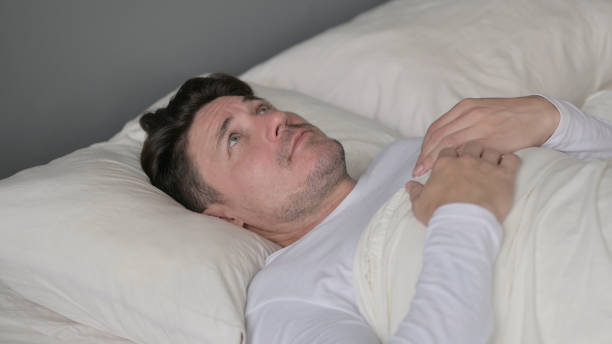
Sleep apnoea device – Silensor SL

Snoring:
Up to 40% of people snore. Light snoring does not have consequences on health whereas the rhonchopathy, the abnormal snoring, does. Snoring is caused because as the muscles relax during sleep the airway gets narrower and various structures in the respiratory tract start to vibrate, generating noise. As snoring is a mechanical process, it can also be counteracted by mechanical means.
The apnoea, the respiratory arrest during sleep:
sleep apnoea may cause various symptoms, from sleepiness during the day and feeling tired when waking up in the morning to serious systemic disease. Apnoea is a total respiratory stop while hypopnoea is reduction of the respiratory flow by more than 50%, both lasting for more than 10 seconds. During a formal assessment the number of incidents are counted: 10 apnoeas per hour correspond to an index of 10. An index of 0 to 5 is normal, 5 to 10 is light, 10 to 20 is median range and more than 20 a severe disease.


Dentistry’s role in the diagnosis and co-management of patients with sleep apnoea/hypopnoea syndrome. British Dental Journal 2000 Jul 22;189(2):76-80.
Mandibular advancement splints and continuous positive airway pressure in patients with obstructive sleep apnoea: a randomized cross-over trial. European Journal of Orthodontics. 2002 Jun;24(3):239-49.
The effectiveness of the Silensor-sl:
the Silensor-sl device is comprised by two splints which fit tightly against the teeth of the upper and lower jaw, and which are connected by 2 moveable joints. When muscle tone relaxes and the lower jaw opens the connectors force it to move forwards, counteracting the narrowing of the respiratory tract. It is more comfortable than ‘locking’ devices which do not allow any jaw movement: with the Silensor-sl jaw movements are possible but the jaw is not allowed to drop backwards. It has been shown that this reduces snoring considerably at more than 80% of patients and may reduce the apnoea index by up to 50%:
When is the Silensor-sl suitable?
The Silensor-sl can be expected to be effective since in almost all cases the noise involved in snoring is caused by constriction of the airways. Because of its compact design, the device does not inhibit breathing through the mouth. In severe corpulence however its efficacy is reduced (BMI > 30). The Silensor-sl cannot be used by edentulous patients. In cases missing some but not all the teeth we will assess whether or not residual teeth provide enough retention. If a sleep apnoea is suspected the efficacy of the Silensor-sl should be assessed in a sleep laboratory considering the seriousness of this disease.
